Exemplar Type: CASE STUDY
Title: STEAM and Environmental Education
Grades: 3-5, 6-8
Discipline: Interdisciplinary
Submitted By: Susan Santone
STEAM and Environmental Education Case Story
With each passing day, 21st century learning gets a little more obsolete. Don’t get left behind. Empower students and revolutionize learning with the hottest content around.
The 21st century is defined by unprecedented, inter-connected challenges: climate change, water scarcity, food deserts, economic inequality—and on. Left unsolved, these problems will plague students of the 22nd century, the descendants of today’s students. Equity is truly intergenerational.
The Next Generation Science Standards support “scientific and technological literacy for an educated society,” and recognize that “economic innovation depends on a broad foundation of math and science learning.” But behind this “looms the larger question of what it takes to thrive in today’s society. Citizens now face problems from pandemics to energy shortages whose solutions require all the... genius we can muster.”
Changing the story requires wise applications of STEAM (science, technology, engineering, arts, and math). But tomorrow’s careers demand something more: economic literacy and a commitment to equity.
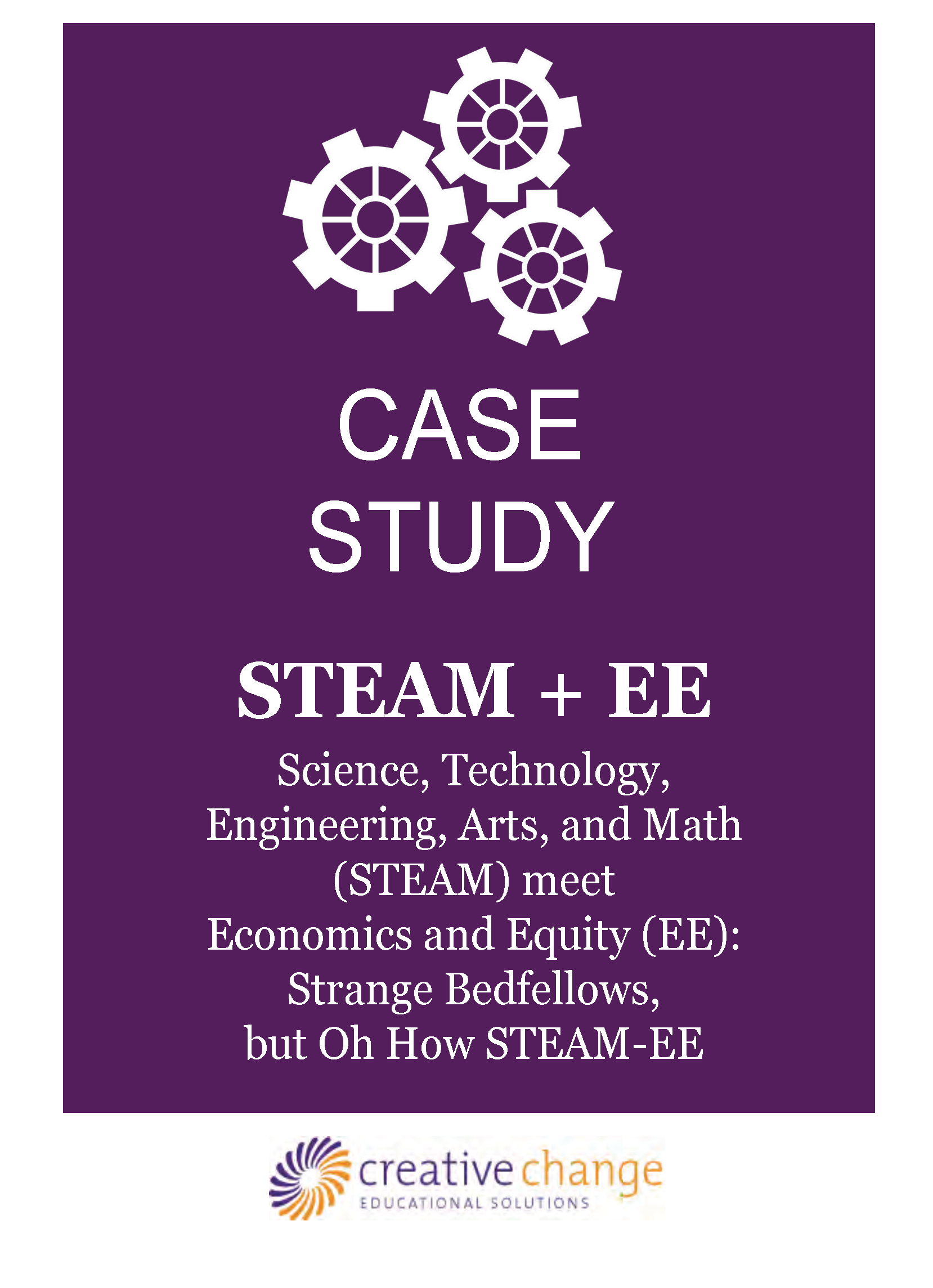
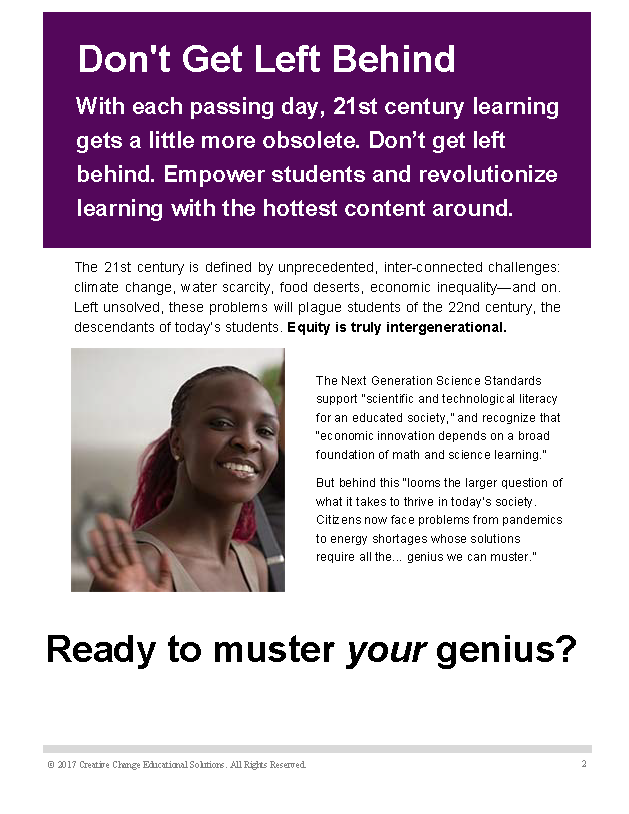
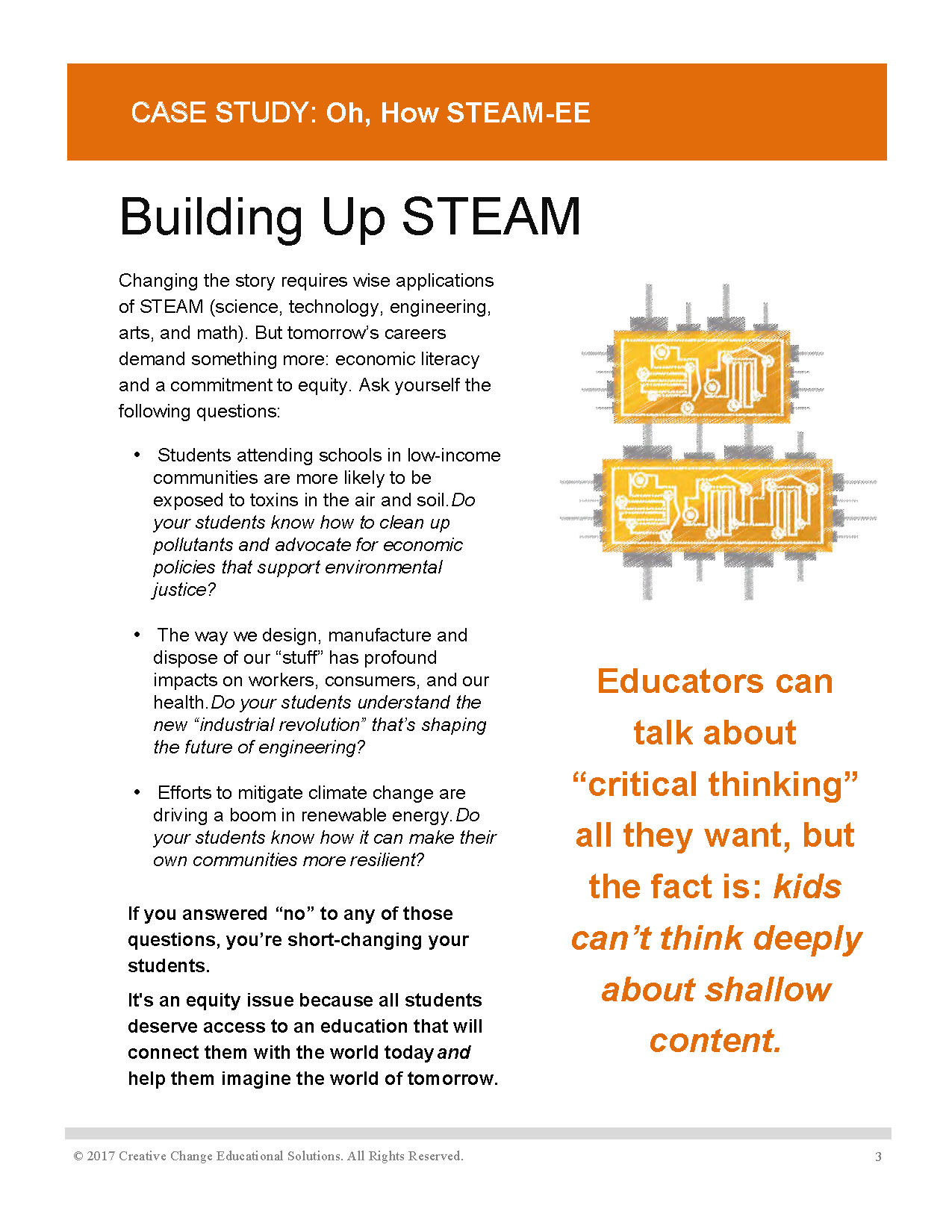
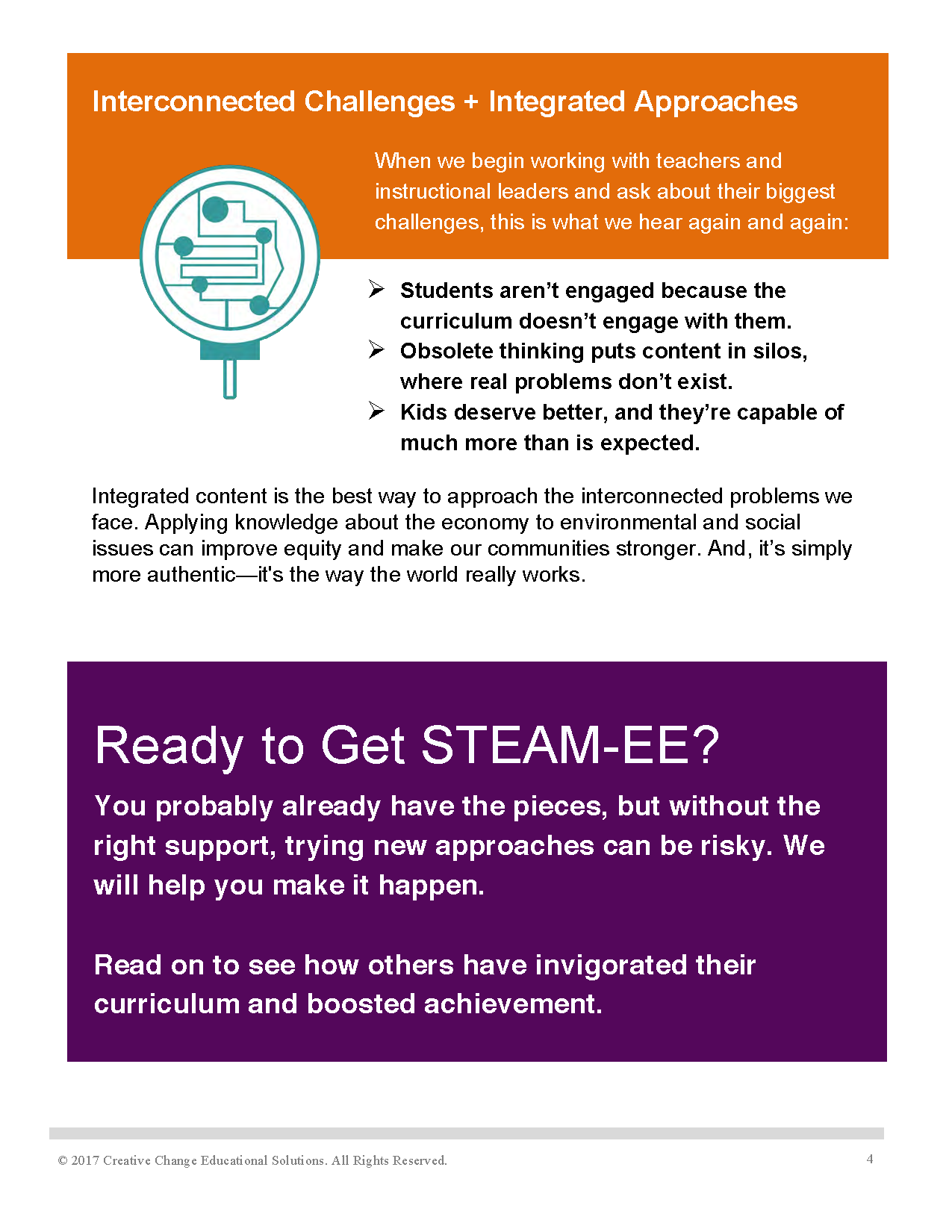
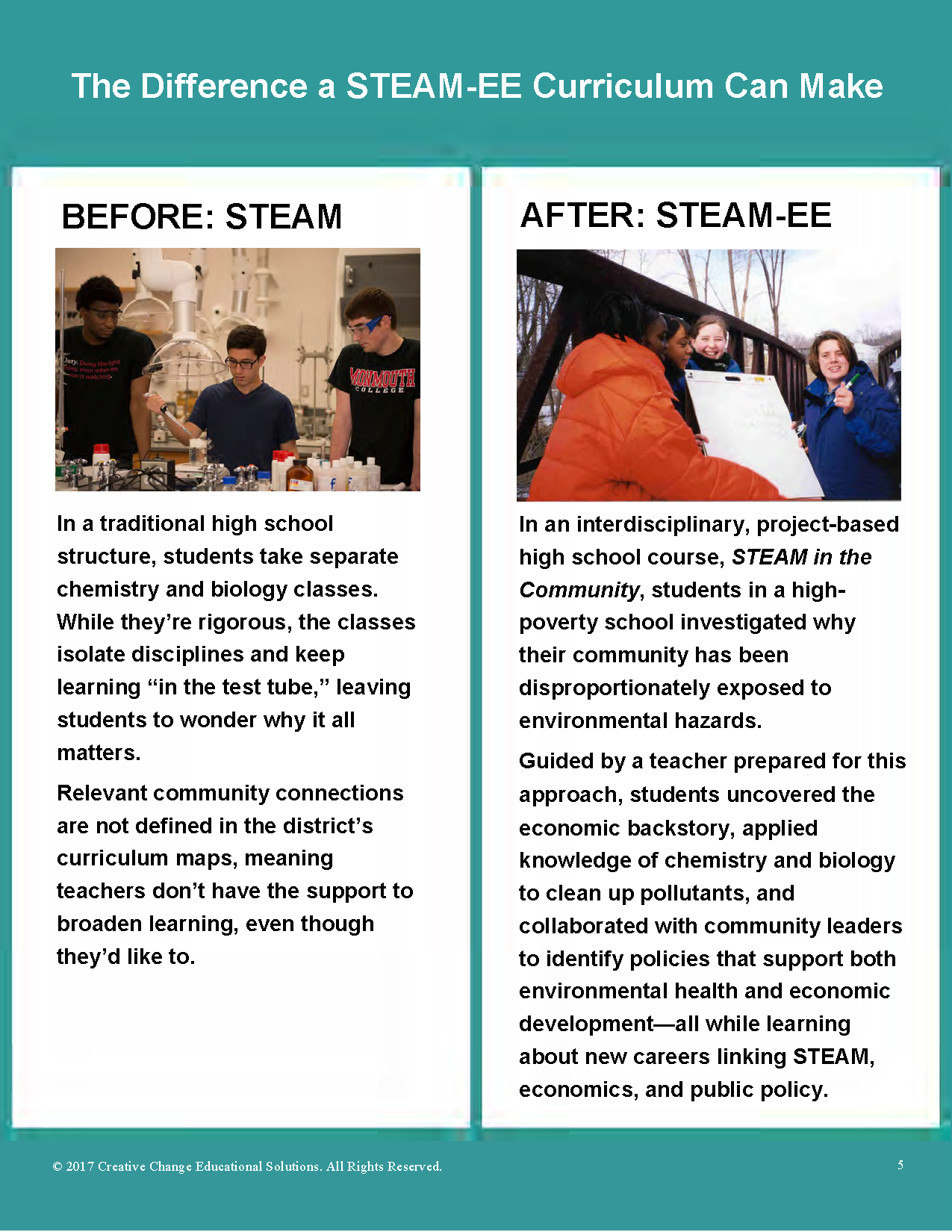
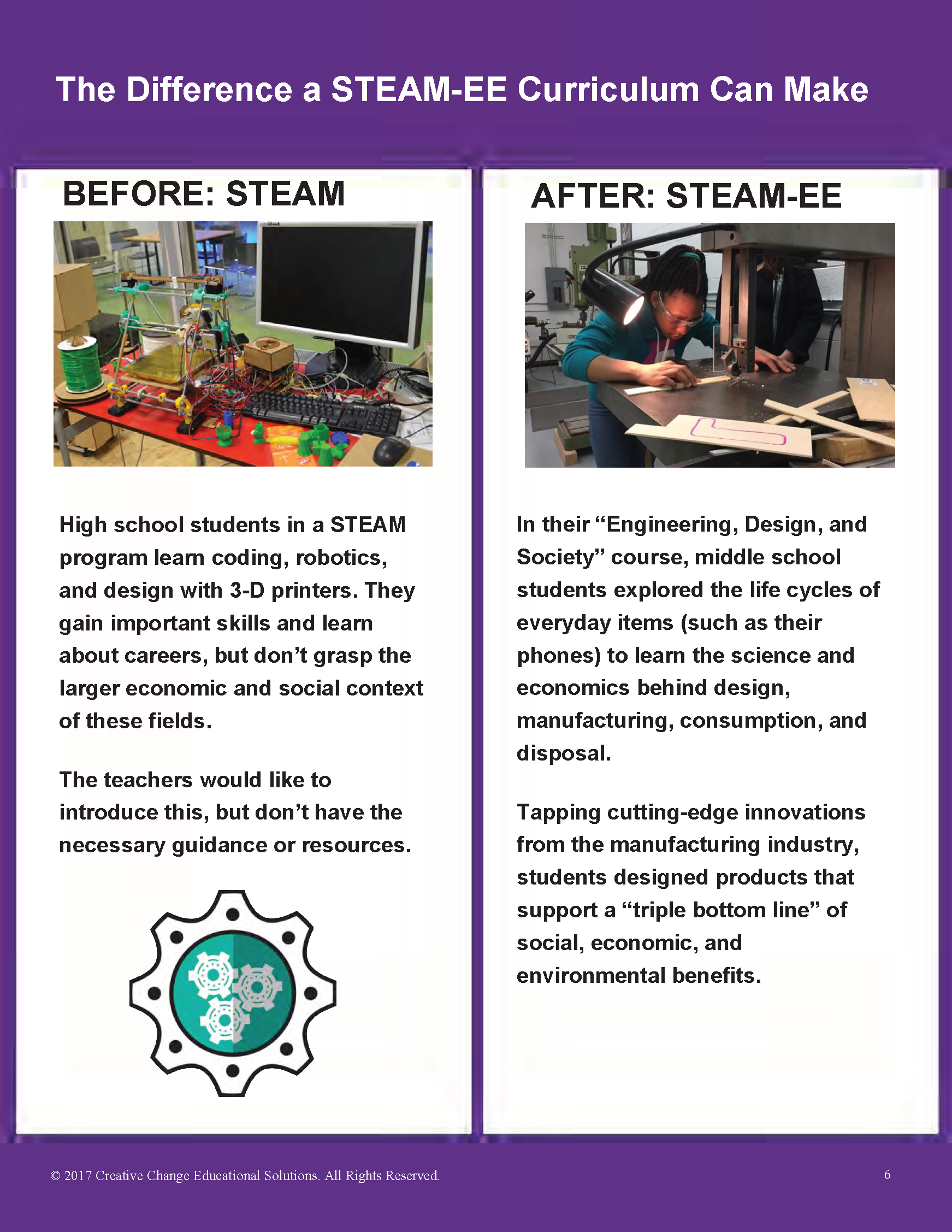

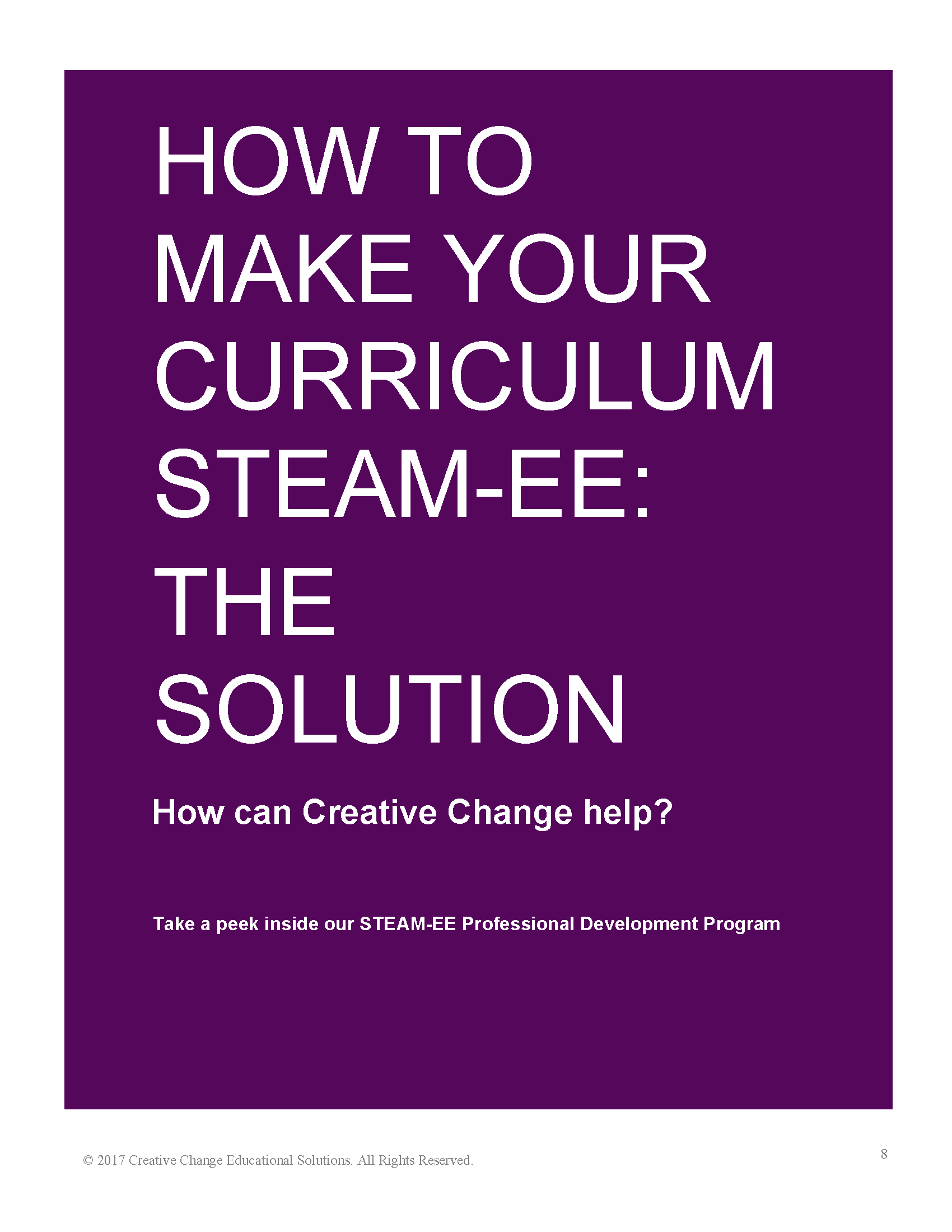
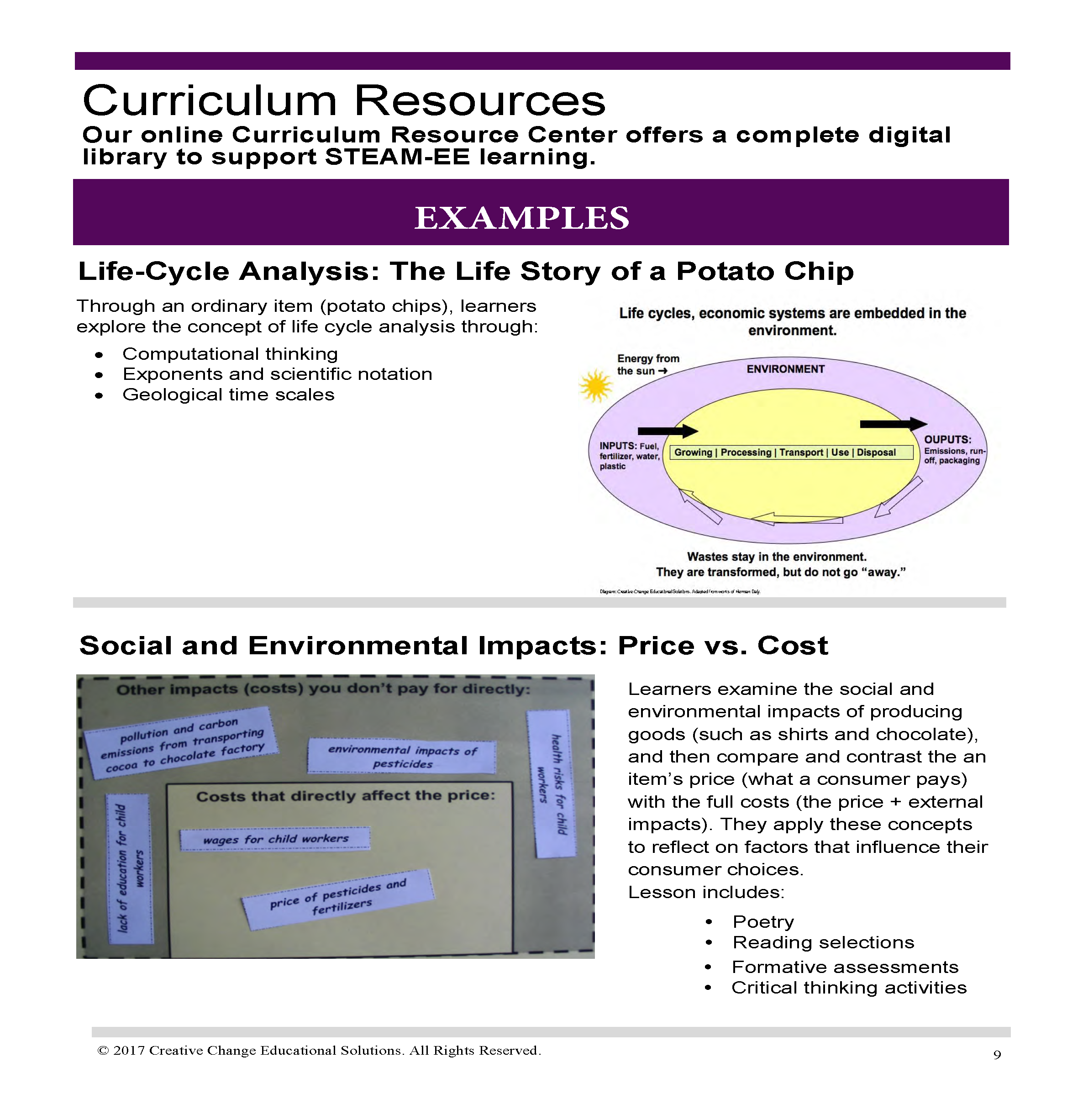
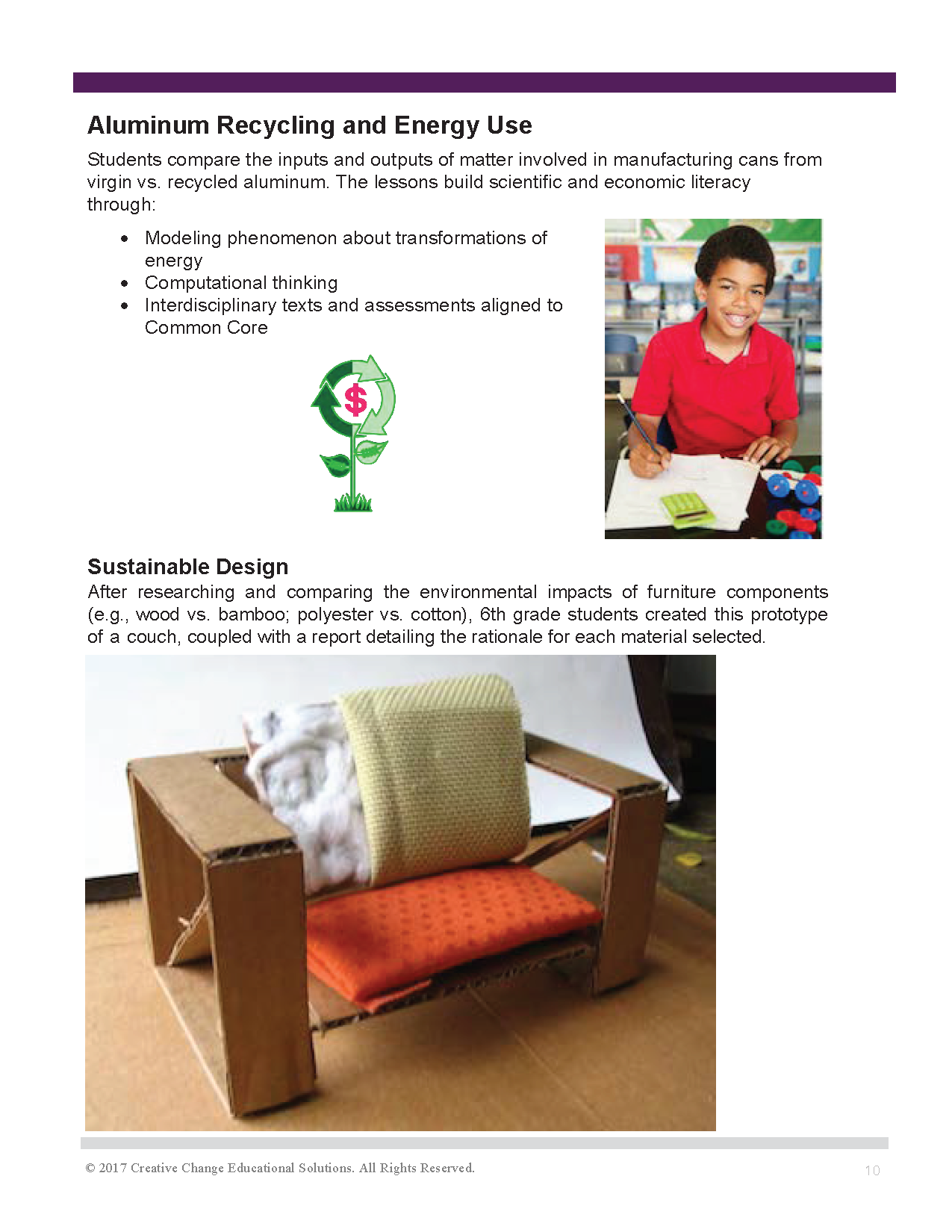
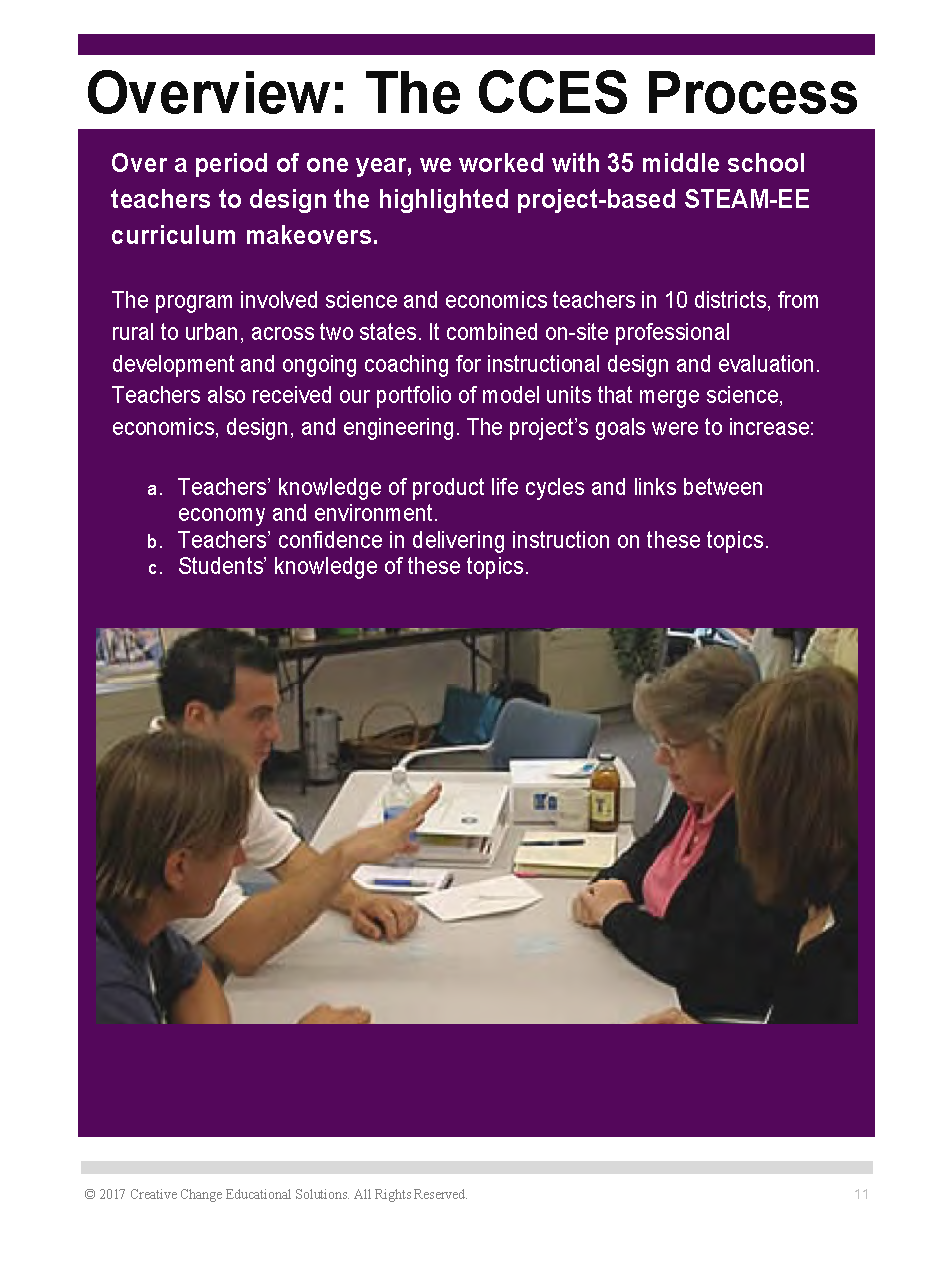
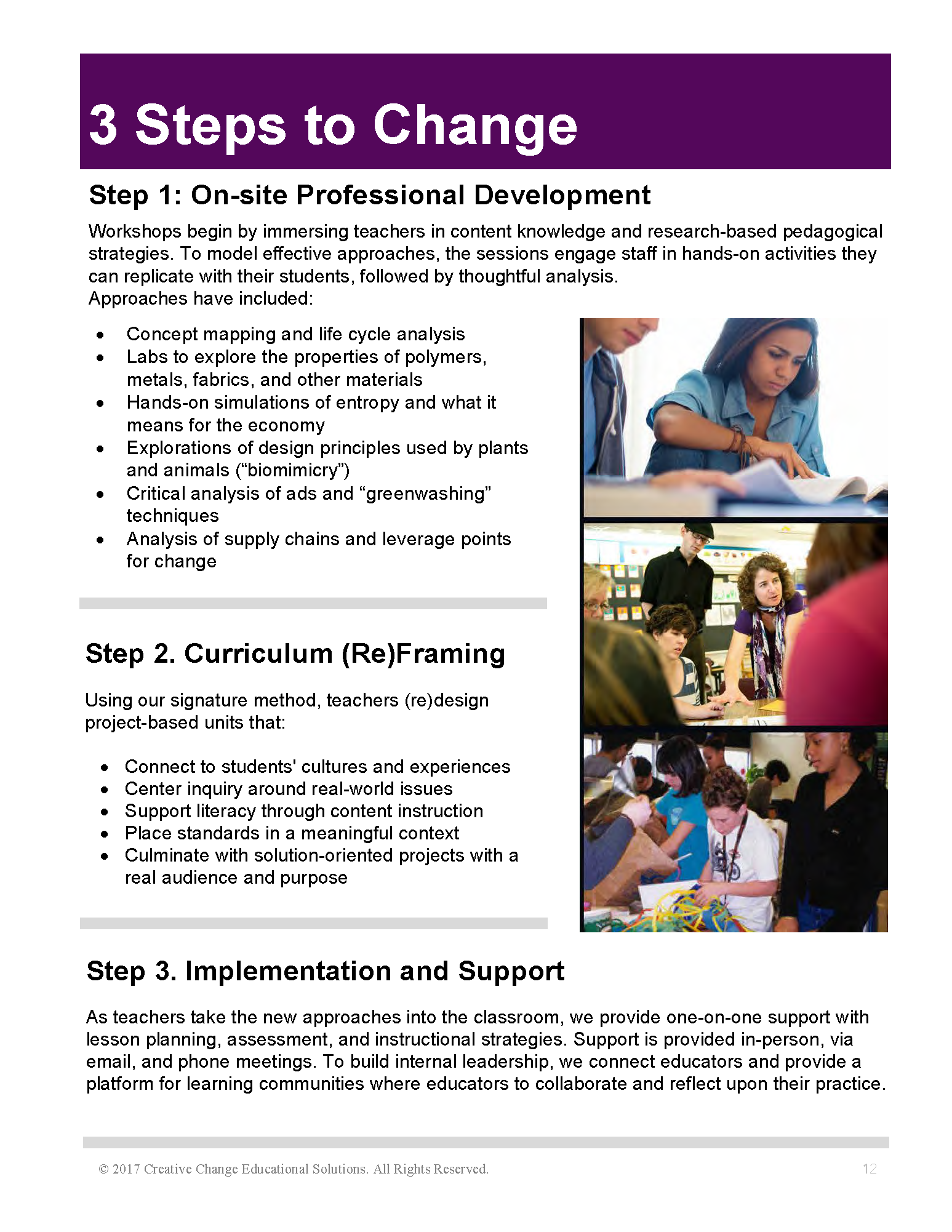
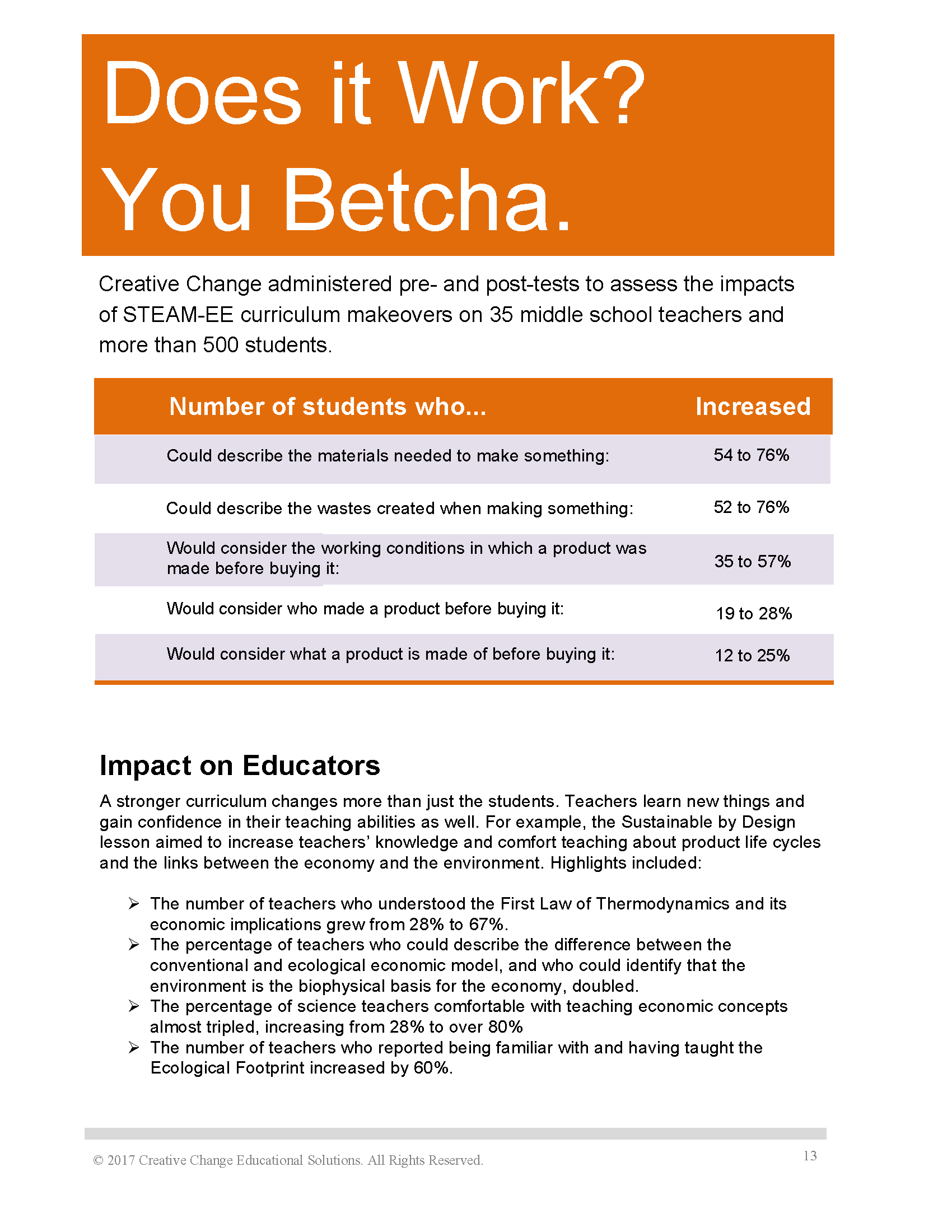

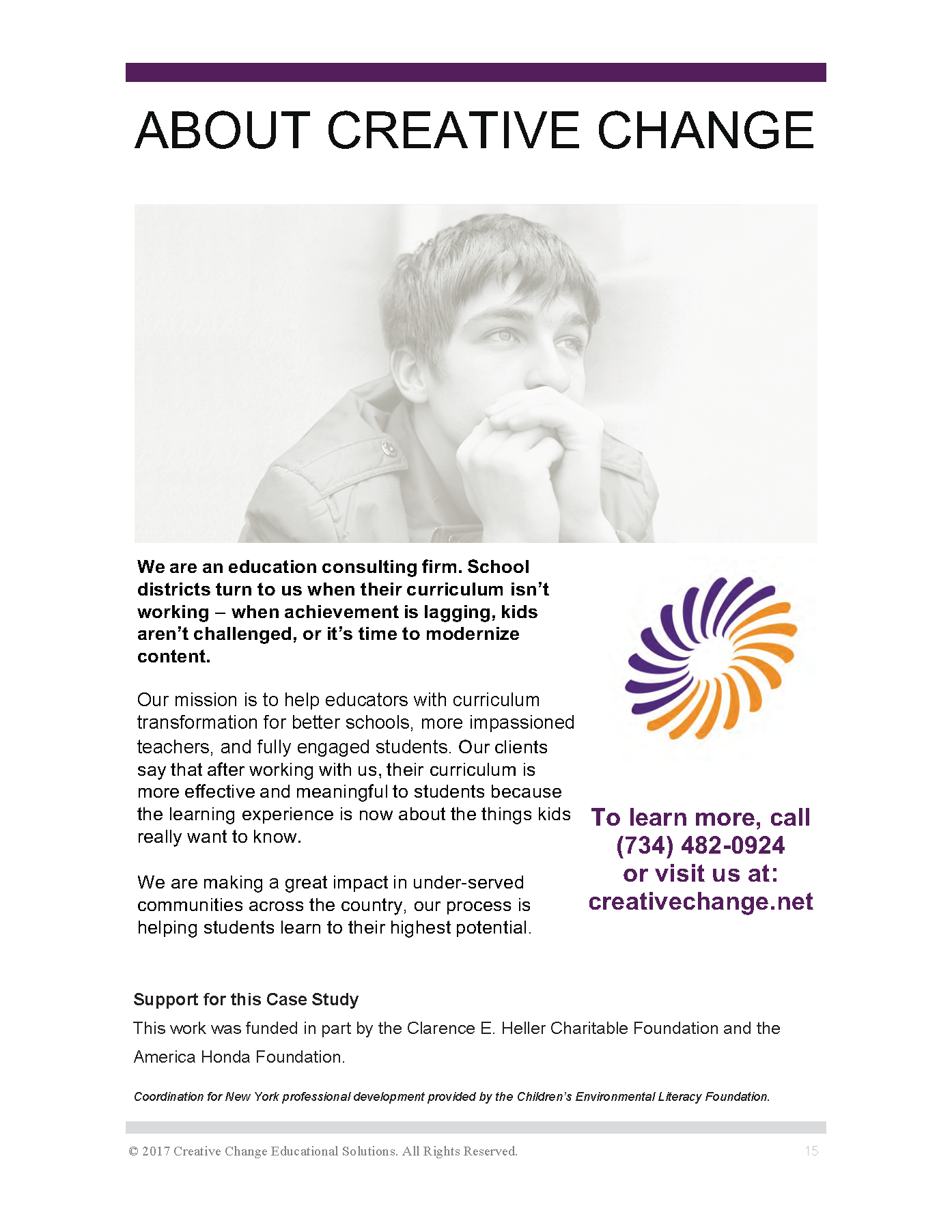
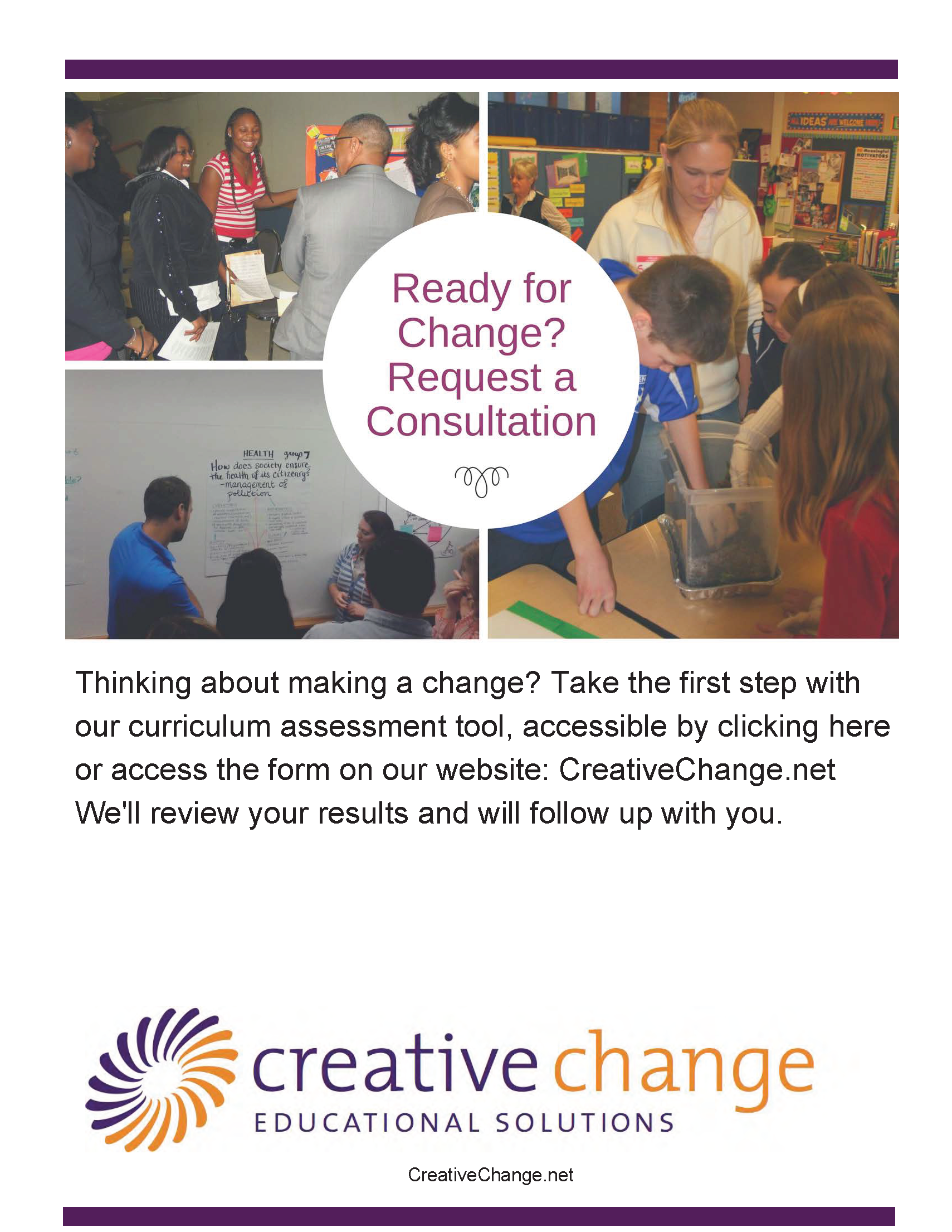
BENCHMARKS REPRESENTED IN THIS EXEMPLAR
Big Ideas
Creativity (the generation of new forms) is a key property of all living systems and contributes to nature’s ability to sustain life
Diversity makes complex life possible. It assures resilience in living systems
Everything must go somewhere because there is no such place as “away”. Matter and energy do not appear or disappear. They cannot be created or destroyed. In a healthy community, one species’ waste is another species’ food
All systems have limits. Healthy systems live within their limits. Tap the power of limits
There is an appropriate rate and scale for every living thing and they may not be the same in every circumstance
We are all in this together: We are interdependent on each other and on the natural systems
Nature sustains life by creating and nurturing communities
A small shift in one thing can produce big changes in everything
A sustainable solution solves more than one problem at a time and minimizes the creation of new problems
Treating symptoms makes them worse over time, creates new problems and doesn’t address the fundamental problem. Create change at the source not the symptom
Every system is perfectly formed to get the results it gets
The significant problems we face can’t be solved with the same thinking we used to create them. Our prior experiences with the world create cognitive frameworks (also known as mental models/maps) that inform what we can perceive. They shape our behavior and our behavior causes results. If we want to produce different results, it all begins with a change in thinking
There is no beginning or end in a system. Intervene where there are favorable conditions, i.e., where and when possible
Fairness applies to all. To us, to them and to the “we” that binds us all together
Sustain-ability requires individual and social learning and community practice
We all depend on and are responsible for “the commons”, i.e., what we share and hold in trust for future generations. Recognize and Protect the Commons
We must pay attention to the results of our thinking and behavior on the systems upon which we depend if we want to thrive over time. Read the Feedback
We are all responsible for the difference we make. Everything we do and everything we don’t do makes a difference
Higher Order Thinking Skills
Anticipatory: Futures Thinking
Emergent: Creative Thinking
Emergent: Design Thinking
Emergent: Ecologically Design
Complex: Critical Thinking
Mindful: Questioning
Mindful: Reflective Thinking
Mindful: Transference
Hands On Skills: Use and creation of appropriate technology to the place and culture in which you find yourself
Hands On Skills: Building, Making, Tinkering, Crafting
Hands On Skills: Computer Modeling
Applied Knowledge
Inventing The Future
Strong Sense of Place
The Many Ways of Knowing
Healthy Commons
System Dynamics and Change
Responsible Local and Global Citizenship
Multiple Perspectives
Sustainable Economics
Dispositions
Curious
Efficacious
Imaginative
Mindful
Open Minded
Persevering
Collaborative
Ethical
Place/Community Conscious
Respectful,
Responsible
Self Aware
Applications and Actions
Create Social Learning Communities
Engage in Dialogue
Engage in Role-Playing, Learning Journeys, Simulations & Games
Build from successes, Learn from mistakes, develop strategies to improve, and apply what is learned
Plan Scenarios
Teach and Learn
Accept responsibility for the consequences of design
Apply technology appropriately so that today’s solutions don’t become tomorrow’s problems
Contribute to the regenerative capacity of the systems upon which we depend
Count and value all the capital (natural, financial, human and social)
Design for multiple pathways, resilience and reinforcement
Design for whole systems integrity with ecological principles and physical laws in mind
Design to optimize health and adaptability
Design with efficiency and effectiveness for a no waste world that runs off of clean and renewable energy, contributes to diversity, recognizes inter-dependencies and taps the power of limits
Empower people and groups
Envision, strategize and plan
Facilitate a shared understanding of sustainability and regeneration
Take responsibility for the difference you make
Practice justice and equity for all
Take responsibility for the effect you have on future generations
Act wisely individually and collectively, with precaution and in context
Create and maintain highly functional and successful teams
Listen to one another
Serve your community
Community Connections
Develop sustainable community visions and re-visions over time
Map community assets and conduct needs assessments
Consider and prepare for a range of potential future scenarios, while charting a course toward the preferred future
Develop, measure and monitor SMART (specific, measurable, achievable, realistic & time bound) goals and sustainable community indicator sets. Schools data is embedded in social, ecological and economic indicator sets
Co-Design and implement short and long term projects and programs that are mutually beneficial to partners, are inclusive of all stakeholders and are participatory in nature
Evaluate progress (read the feedback), reflect, adjust, and continually improve performance
Students and teachers make authentic contributions to sustainable community development through service learning opportunities, project-based and place based learning opportunities for students that are laterally and vertically embedded in the core curriculum
Regularly and publicly recognize and celebrate individual and collective successes, and progress toward green schools and sustainable community goals at events and in the media
Make time to reflect on where we are, how we got here, how far we have come, how close we are to where we are going, and what we are going to do next


